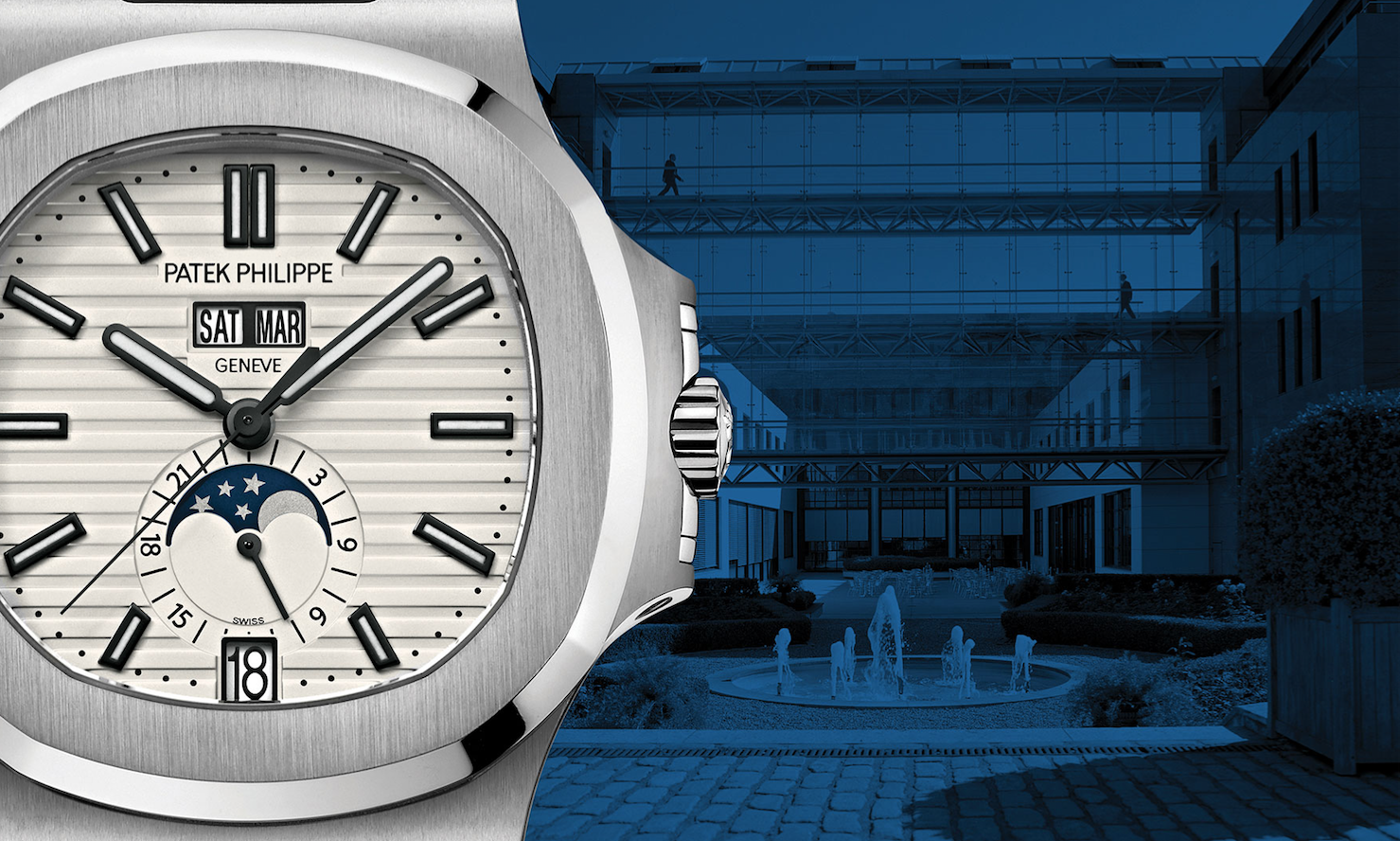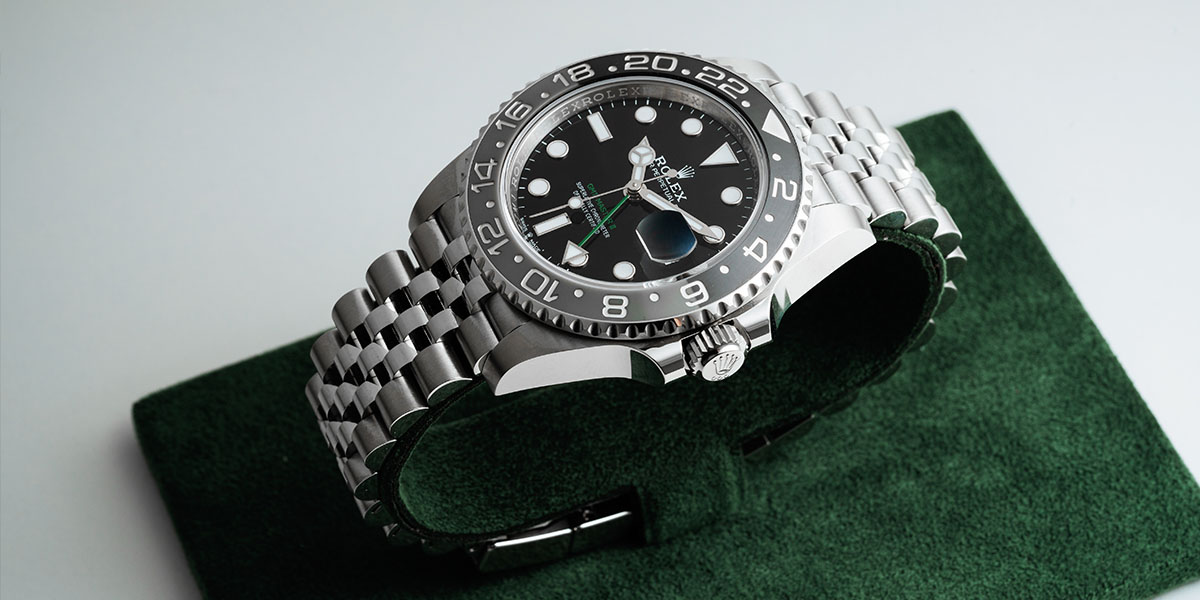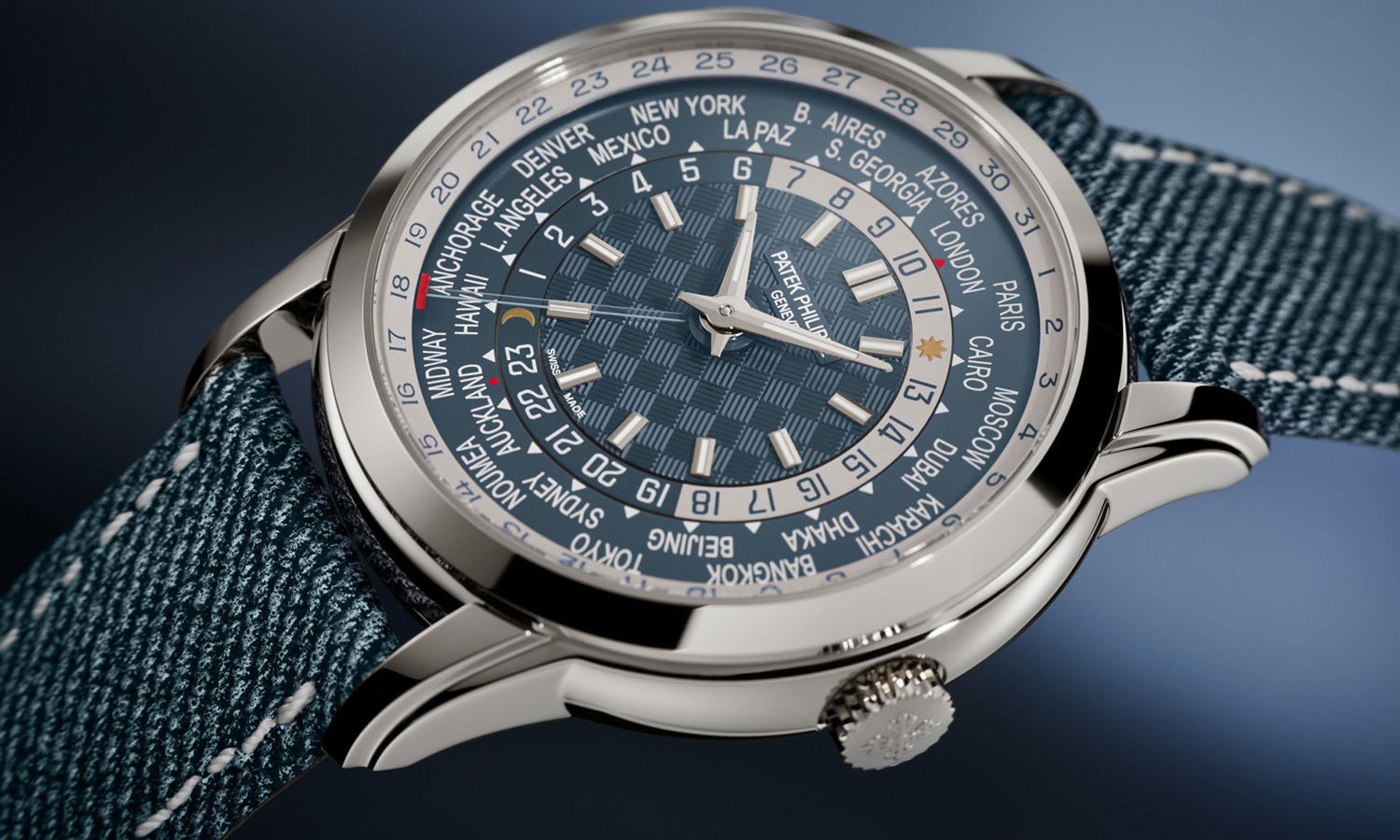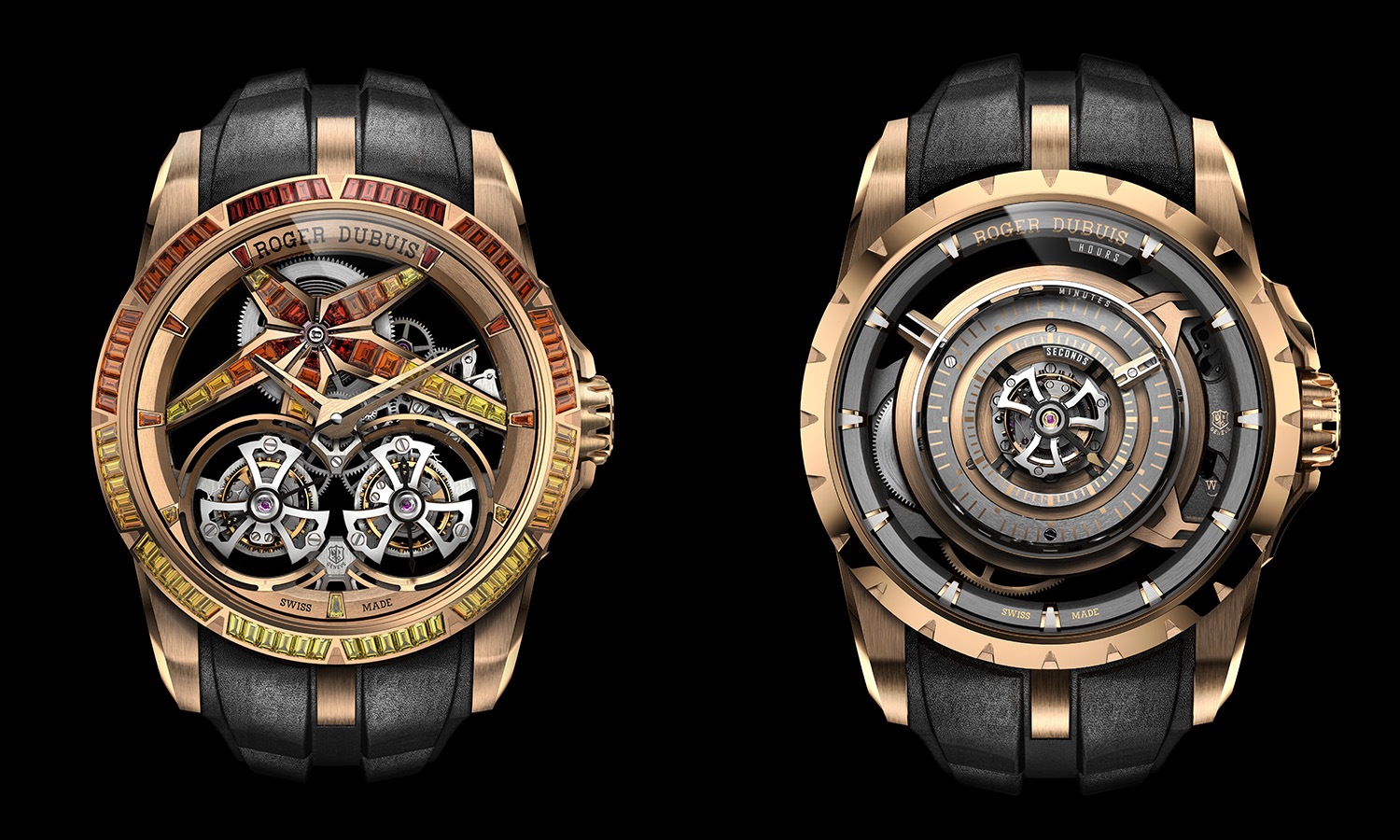
Under the Loupe: Patek Philippe Nautilus
This year marks the 40th anniversary of one of Patek Philippe’s iconic collections: the Nautilus. Interestingly enough, at Baselworld 2016, the brand opted not to show a single Nautilus watch. Why? Because secrets make better surprises. Sometime this year, Patek Philippe will have a grand unveiling of new Nautilus timepieces designed to celebrate this momentous year. This gives us a great opportunity to take a little time and a close-up look at the famed Nautilus, its birth and growth.
Since its inception, Patek Philippe has had a reputation of being a traditional, perhaps even conservative, brand. Its designs were refined, but not typically apt to shock. Progression was often made in evolution, rather than revolution-fine-tuning details until absolute perfection had been reached. That is why to many, Patek Philippe has become the pinnacle of Haute Horlogerie. And then, in the 1970’s, the brand unveiled a timepiece that made most people sit up and take notice: Nautilus.

Predominantly known for its ultra-slim and complicated dress watches, Patek Philippe sailed into seemingly unfamiliar territory when the Nautilus was introduced in 1976. A sports watch, surprisingly crafted from steel, seemed way out of Patek Philippe’s comfort zone, yet turned out to be spot on. In fact, the Nautilus became the founding father of an entirely new category of watches: that of ultra-refined, high-end, steel sports watches. The Nautilus was designed by Gerald Genta, who took inspiration from the porthole of a luxurious transatlantic ocean liner that had been popular in the early 1900s. It was packed with innovations, and displayed the technical prowess of the Geneva brand.
The watch had an innovative construction where a monocoque case was attached to the hallmark octagonal bezel, secured by four lateral screws hidden in the “ears” of the watch. The beauty of this construction was that it divided the pressure under water equally so that when the pressure got higher it actually pushed the watch tighter into its rubber gaskets, increasing its water resistance. This resulted in a water resistance rating over 120 meters—quite impressive for a watch that was never intended to be a diver’s watch.
This first Nautilus, with reference 3700/1, would later be nicknamed “Jumbo,” thanks to its then- generous size of 42mm. Refinement of the design made it a very wearable watch. The integrated bracelet comfortably follows the curve of the wrist; the sides of the bezel that highlight the porthole look of the watch, and the legible dial with gold baton markers on top of a black, horizontally grooved dial, all contribute to this. With an overall height of just 7.60mm the Nautilus was also quite slender, thanks to caliber 28-255 C, which was in fact based on Jaeger-LeCoultre caliber 920, a movement which Jaeger-LeCoultre never used in one of its own watches. Patek Philippe was not the only one that used this movement, because the Audemars Piguet Royal Oak and the Vacheron Constantin 222 also used this movement as a base. The rotor of this movement does not use the common ball bearings, but runs on circular rails, and features a gold insert to increase its weight and winding efficiency. With the rotor attached, its height is only 3.05mm.
To market the Nautilus, the brand focused on what was at the time quite a contraction—the fact that “One of the world’s costliest watches is made from steel.” Also, the box in which the Nautilus was delivered was out of the ordinary, since it was covered in cork. Dark-colored dials would remain a staple for the Nautilus for decades, with white dials only entering the men’s collection in 2012. One exception is a rare, white-dialed prototype that was created in 1978 at the request of the original owner. Referred to as “The Albino Prototype”, it was sold in 2015 by Sotheby’s Geneva for an unprecedented 250.000- CHF.

In 1980, the Nautilus was also released as a ladies’ model, known as reference 4700/1. This was not only available in steel, but also in steel/gold and full gold. The use of precious metals brought the Nautilus closer to Patek Philippe’s other offerings, yet 1980 was also the year that the brand started with the production of the steel cases and bracelets for the Nautilus in-house. While previously done by Favre- Perret, they were now made by Ateliers Réunis, one of Patek Philippe’s workshops that was located in the same building as what is now the Patek Philippe museum in Geneva. The early 1980’s also welcomed the Nautilus reference 3800/1A, which was a mid-size model featuring a diameter of 37.5 mm. That watch also introduced a central seconds hand to the Nautilus, thanks to the use of caliber 335 SC, an ultra-slim movement that Patek Philippe developed and built in-house. The next big step in the history of the Nautilus was taken in 1998, when the brand introduced reference 3710. Although the Nautilus has always featured a date, no other functions had yet been made available. With reference 3710, this changed, with the introduction of a power reserve indicator. Combined with Roman numerals, this model moved more towards being a sportier dress watch, also because the horizontal grooves were absent from the dial.
In 2005, the “Collectors’ gold” edition, reference 3712, was introduced. This Nautilus not only featured a power reserve indicator, but also a small seconds and moon phase, while the date function had become a pointer date over the moon phase indicator. It was powered by caliber 240 PS, a manufacture movement with micro-rotor that was visible through the sapphire case back of the Nautilus, a first for the watch. The watch is referred to as “collectors’ gold” because Patek Philippe only made this model for one year before it was discontinued in 2006. In that year, Nautilus celebrated its 30th anniversary, and Patek Philippe decided to revise the entire collection. The design of the Nautilus was subtly changed, the “ears” were slightly curved to be aesthetically more in line with the bezel, the hands a bit more bold, and the anniversary also meant the introduction of a stunning dial that looked dark blue in the center, yet turned more towards black at the edge of the dial. A more drastic change was the departure of the monocoque case in favor of a three-piece case, now featuring a sapphire case back for all models, except the 38.4mm mid-size model. Patek Philippe also introduced an innovative chronograph into the Nautilus collection. Reference 5980 combined the hour and the minute counters of the chronograph in a single sub-dial at six o’clock.

After its 30th anniversary, Patek Philippe increased the pace of innovations being introduced within the Nautilus line-up. The year 2009 saw a relaunch of the Nautilus for ladies, which had been discontinued in the 1990s, followed a year later by a high jewelry version, featuring automatic movement caliber 324 S C. In that same year, the collection was expanded with an annual calendar, and in 2012 Patek Philippe introduced the white dial for all its men’s models. The introduction of the Nautilus Travel Time Chronograph came in 2014. The watch combined a dual time- zone function with a chronograph. It provided each time zone with its own day/night indicator and was housed in a 40.5mm case. The current collection of the Nautilus reflects its history. It offers everything from a time-only steel Nautilus in the tradition of the original model, to models crafted from precious metal and featuring diamond settings. Most unique is the fact that all the major steps in the Nautilus history are still present and accounted for. The power reserve/moonphase complication is still there, as is the chronograph, annual calendar and the Travel Time Chronograph. Also, the white dial is still available on select models. The added complications,use of precious metals (sometimes even in combination with gemstones) and alligator straps show the distance the Nautilus has come—from a relative outsider within the Patek Philippe line-up to an integrated part of what the brand stands for, representing every aspect of Patek Philippe’s capabilities.
As mentioned, this year marks the Nautilus’ 40th birthday, and like a great wine, its age has only made it better. Its position as a pioneer in refined sports watches has resulted in its status as an icon, and being an icon in the collection of a legendary brand like Patek Philippe means rock-star status. We anticipate that with the soon-to-be released new Nautilus watches, the line will thrive for at least another 40 years.
 SIGN UP
SIGN UP













